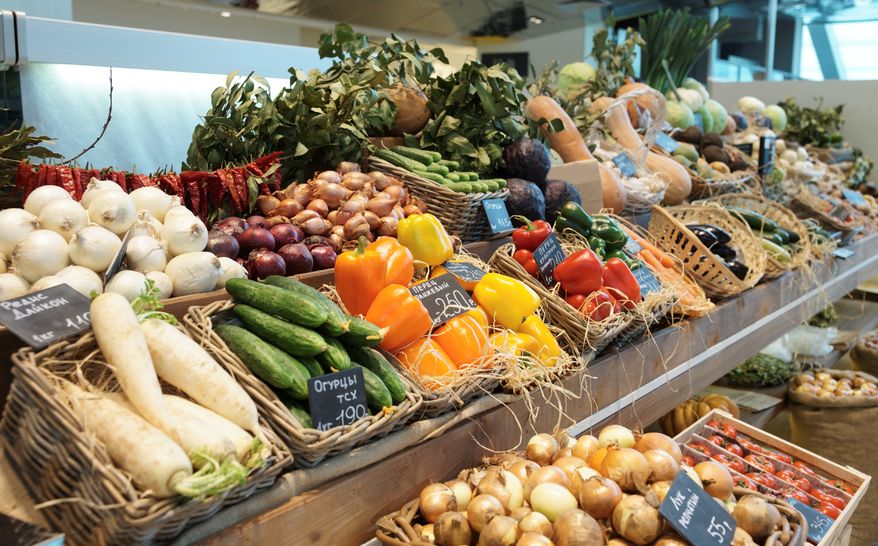
With some careful planning and a bit of help, people in low-income neighborhoods can now have access to nutritious fresh vegetables and fruits that used to be scarce. In one of San Francisco’s food deserts, the district of Tenderloin, a new initiative is bringing residents more nutritious food options.
Healthy initiative
The program is called Healthy Retail SF, a program devised through the collaboration of the Department of Public Health, the Office of Economic and Workforce Development or OEWD and the Mayor’s Office of the city of San Francisco. The group invested $60,000 to have fresh produce into the shelves of five stores that are locally owned.
The program is successful in its implementation. One of the local stores has increased its sales by as much as 23 percent. In all of the five stores that received assistance, fruits sales increased.
Joaquin Torres, the deputy director of the OEWD said that sustainable and healthier communities could be successfully created with small investments.
Tenderloin District
Tenderloin District is located in downtown San Francisco between the Civic Center and the shopping district of Union Square. In one corner is the store owned by Fadhl Radman, which received financial assistance from Healthy Retail SF. His store shelves are now filled with fresh produce, many of which were sourced from Central Valley. The store even has a butcher who cuts and grinds meats. Radman sells about 50 kinds of fruits and vegetables, including less familiar ones such as kale, Italian parsley and red lettuce. Most of the other stores in the area sell unhealthy stuff.
Radman explains that the initiative aims to modify the eating habits of the people in the community by offering them healthier food options. A full-service supermarket is not available nearby so the community lacks access to nutritional food.
Survey of the area done in 2012 revealed that about 57 percent of the residents of Tenderloin shop in other places around San Francisco, and with about two-thirds spend over $100 on groceries each month, that means about $11 million potential annual income of the community is lost. While changes in the neighborhood will not happen overnight, the opening of stores with fresh produce is a good start to bring about some healthier changes.
Copyright: fedorkondratenko / 123RF Stock Photo


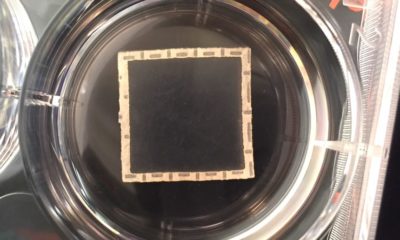

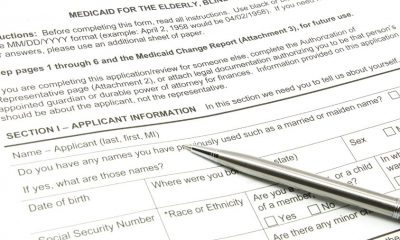

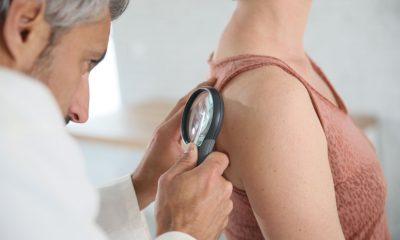

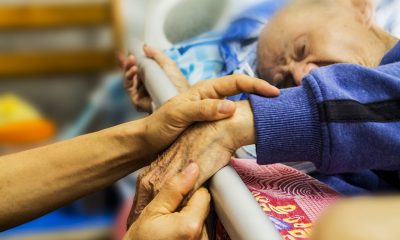
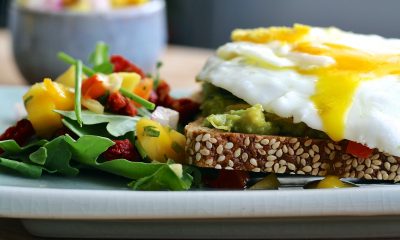





Facebook
Twitter
Pinterest
Google+
LinkedIn
Email